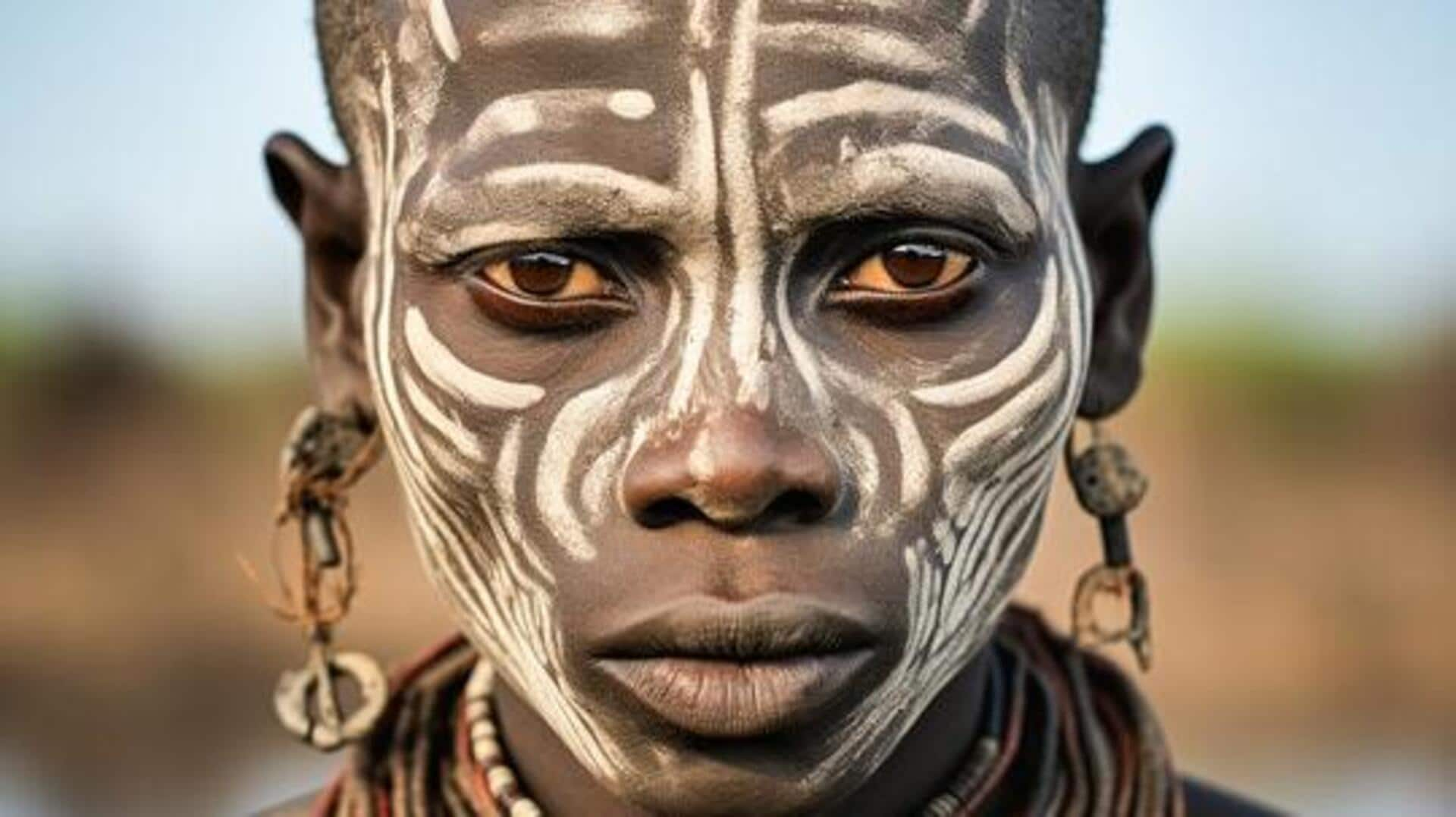
Exploring the art of body painting
What's the story
African body painting is a fascinating cultural practice that has been around for centuries. The art is not just about aesthetics, but also about cultural identity, social status, and spiritual beliefs. Each design and color used in body painting carries a significant meaning, often unique to the community or region. Understanding these meanings gives us an insight into the rich tapestry of African cultures and their traditions.
Color meanings
Symbolism of colors in body painting
In African body painting, colors are chosen for their symbolic meanings. For instance, red may stand for strength or courage, while white could mean purity or peace. Green may symbolize fertility or growth. These color choices are often determined by cultural beliefs and the message the wearer wants to convey.
Pattern significance
Patterns as cultural identifiers
Patterns used in body painting also serve as cultural identifiers. Specific designs may be unique to particular tribes or communities, acting as a form of visual language. These patterns can indicate one's age group, marital status, or even social rank within the community.
Ritual practices
Ritualistic uses of body painting
Body painting is commonly used in various rituals across Africa. Be it ceremonies for birth, initiation rites, or funerals, painted bodies are an integral part of the rituals. The designs used during these rituals are often sacred and hold deep spiritual significance for the participants.
Contemporary impact
Modern influences on traditional practices
While traditional practices continue to thrive, modern influences have also made their way into African body painting. Global fashion trends and artistic styles have inspired some contemporary interpretations of this age-old art form. However, many still remain committed to preserving traditional techniques and meanings in their practices.